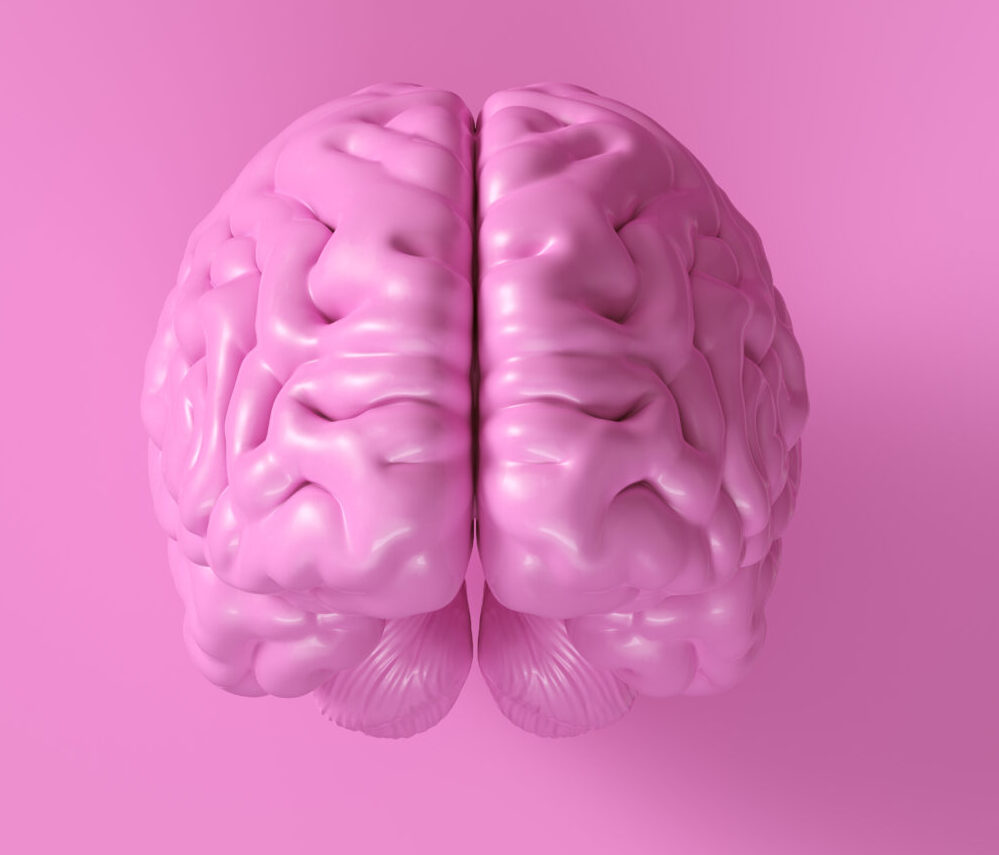Bridging the Gap Between Basic Science and Alzheimer’s Therapy
### Bridging the Gap Between Basic Science and Alzheimer’s Therapy
Alzheimer’s disease is a complex condition that affects millions of people worldwide. Despite significant research, there is still no cure for Alzheimer’s. However, scientists are making progress by bridging the gap between basic science and therapy. This article will explore how researchers are using insights from basic science to develop more effective treatments for Alzheimer’s.
#### Understanding Alzheimer’s
Alzheimer’s is a type of dementia that causes memory loss and cognitive decline. It is characterized by the buildup of amyloid-beta plaques and tau tangles in the brain, which disrupt normal brain function. While Alzheimer’s is often associated with aging, it is not a natural part of the aging process. Instead, it is a disease that can be influenced by various factors, including genetics, lifestyle, and environmental conditions.
#### Basic Science Insights
Basic science research involves studying the underlying mechanisms of Alzheimer’s. This includes understanding how amyloid-beta and tau proteins interact with each other and with other brain cells. Researchers are also exploring the role of insulin signaling and oxidative stress in the development of Alzheimer’s. For example, studies have shown that insulin resistance can lead to impaired insulin signaling in the brain, contributing to cognitive decline and the development of Alzheimer’s[3].
#### Applying Basic Science to Therapy
One of the key challenges in developing Alzheimer’s therapies is distinguishing between different types of dementia. A new form of dementia called LATE (limbic predominant age-related TDP-43 encephalopathy) often mimics Alzheimer’s but requires different treatments. Researchers at the University of Kentucky have developed new diagnostic criteria for LATE, which will help clinicians provide more targeted care and accelerate the development of effective treatments[1].
Another area of research involves using assistive technologies to improve the lives of people with dementia. These technologies can help individuals with dementia stay active, social, and mentally stimulated. For instance, a study is developing an assistive technology that reminds people with dementia of daily events and encourages them to participate in physical and social activities[2].
#### Precision Medicine and Digital Health
Precision medicine involves tailoring treatments to specific disease mechanisms. This approach is particularly relevant in Alzheimer’s research, where treatments are becoming increasingly personalized. Researchers are using advanced technologies like machine learning and digital health to predict early Alzheimer’s disease and monitor its progression. For example, a study is using plasma biomarkers and machine learning models to predict early Alzheimer’s disease among high-risk cohorts[4].
#### Collaboration and Funding
Collaboration is crucial in bridging the gap between basic science and therapy. The Alzheimer’s Association is committed to accelerating research through partnerships with various organizations. The Association has funded several studies focused on tau biology and has launched a pilot funding program with the American Society of Neuroradiology. These initiatives aim to collect routine clinical practice data and share outcomes quickly, which is essential for developing effective treatments[5].
In conclusion, bridging the gap between basic science and Alzheimer’s therapy requires a multidisciplinary approach. By understanding the underlying mechanisms of Alzheimer’s and applying this knowledge to develop targeted treatments, researchers can make significant progress in finding a cure. Collaboration and innovative technologies are key to accelerating this research, ultimately improving the lives of those affected by Alzheimer’s.





